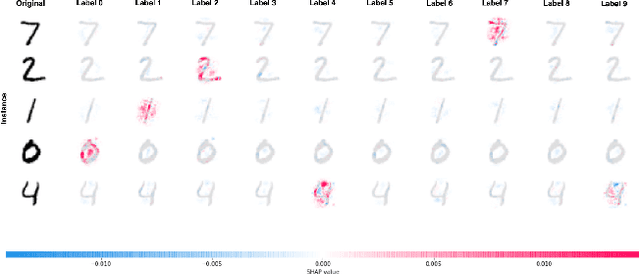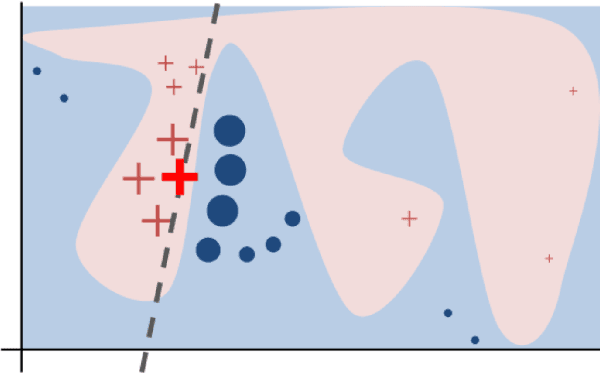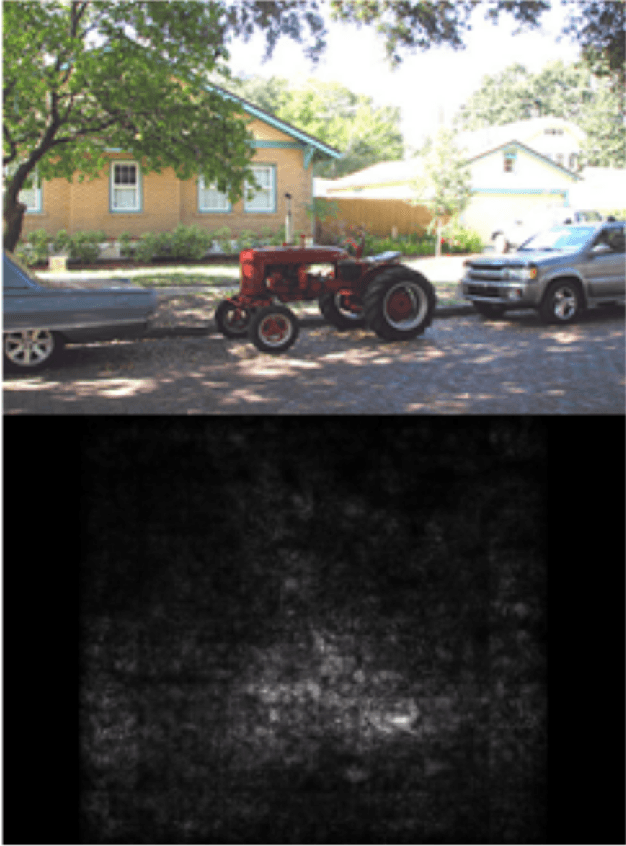Patrick Kage
A Review of Pseudo-Labeling for Computer Vision
Aug 13, 2024Abstract:Deep neural models have achieved state of the art performance on a wide range of problems in computer science, especially in computer vision. However, deep neural networks often require large datasets of labeled samples to generalize effectively, and an important area of active research is semi-supervised learning, which attempts to instead utilize large quantities of (easily acquired) unlabeled samples. One family of methods in this space is pseudo-labeling, a class of algorithms that use model outputs to assign labels to unlabeled samples which are then used as labeled samples during training. Such assigned labels, called pseudo-labels, are most commonly associated with the field of semi-supervised learning. In this work we explore a broader interpretation of pseudo-labels within both self-supervised and unsupervised methods. By drawing the connection between these areas we identify new directions when advancements in one area would likely benefit others, such as curriculum learning and self-supervised regularization.
Class Introspection: A Novel Technique for Detecting Unlabeled Subclasses by Leveraging Classifier Explainability Methods
Jul 04, 2021



Abstract:Detecting latent structure within a dataset is a crucial step in performing analysis of a dataset. However, existing state-of-the-art techniques for subclass discovery are limited: either they are limited to detecting very small numbers of outliers or they lack the statistical power to deal with complex data such as image or audio. This paper proposes a solution to this subclass discovery problem: by leveraging instance explanation methods, an existing classifier can be extended to detect latent classes via differences in the classifier's internal decisions about each instance. This works not only with simple classification techniques but also with deep neural networks, allowing for a powerful and flexible approach to detecting latent structure within datasets. Effectively, this represents a projection of the dataset into the classifier's "explanation space," and preliminary results show that this technique outperforms the baseline for the detection of latent classes even with limited processing. This paper also contains a pipeline for analyzing classifiers automatically, and a web application for interactively exploring the results from this technique.
 Add to Chrome
Add to Chrome Add to Firefox
Add to Firefox Add to Edge
Add to Edge